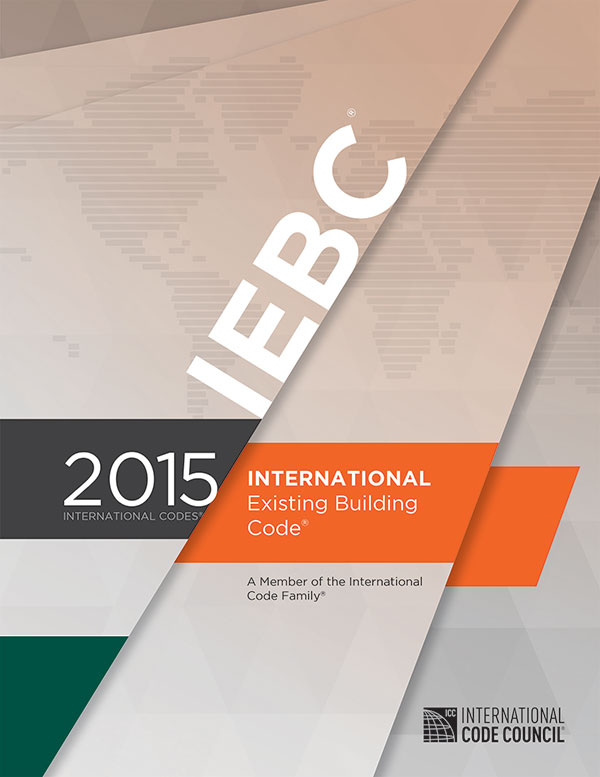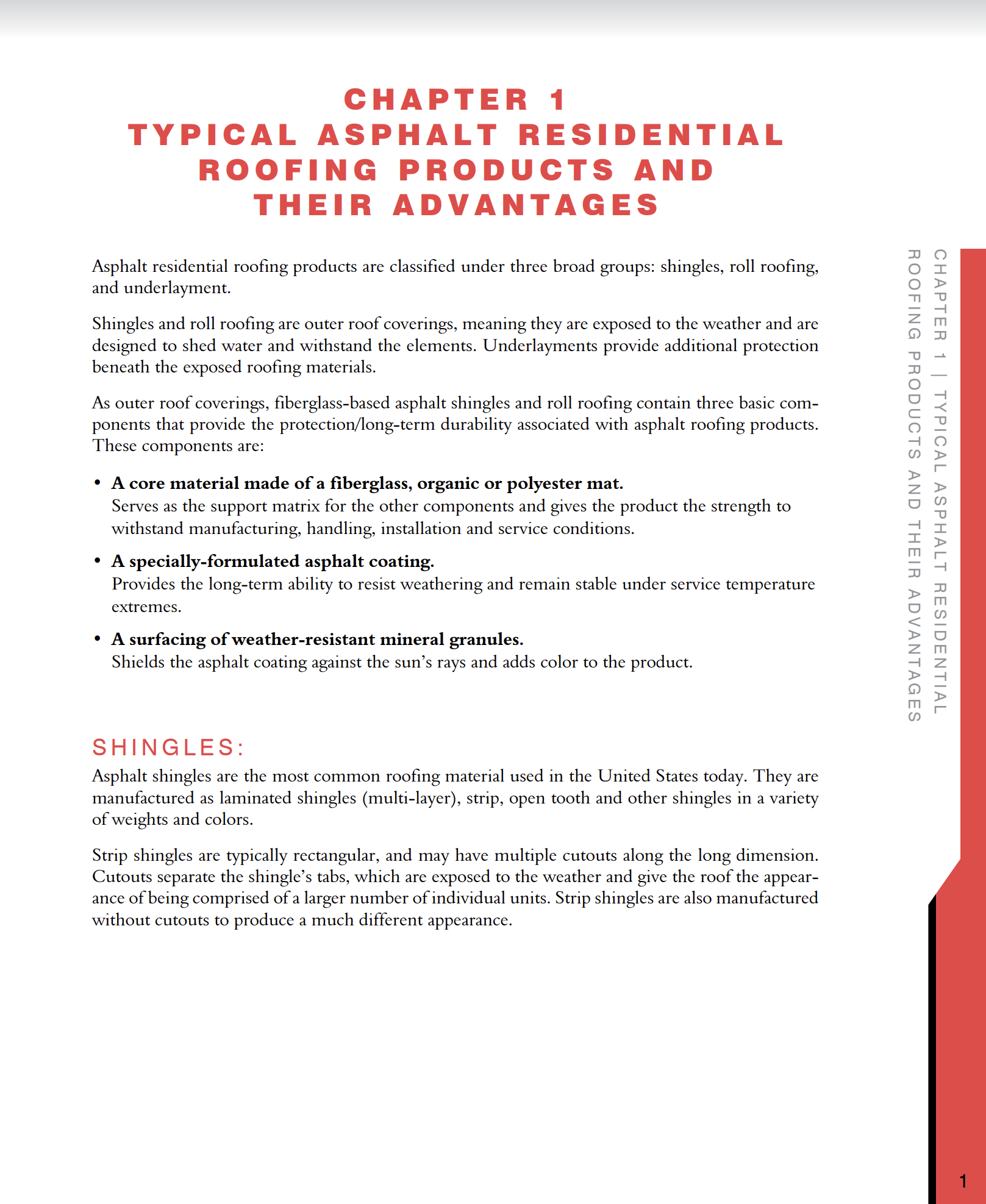Introduction
Building code compliance is a critical aspect of restoration projects, especially in regions like Illinois, where weather patterns can pose significant challenges to the structural integrity and safety of buildings. Compliance ensures that restored structures not only meet current standards for safety and durability but also provide adequate resistance to natural disasters such as storms, floods, and earthquakes.
Why Building Code Compliance is Crucial
Enhanced Safety
Building codes are designed to safeguard public health and safety. Compliance ensures that restoration projects adhere to standards that prevent structural failures and reduce the risk of injuries during disasters. For example, the International Residential Code (IRC) specifies requirements for building materials, design, and construction practices that enhance the building’s ability to withstand environmental stresses.
Legal and Insurance Benefits
Following building codes helps in meeting legal requirements, which can vary significantly across different regions. Compliance is often necessary for obtaining necessary permits and avoiding legal penalties. Additionally, insurance companies may require code compliance to approve claims or provide better coverage terms, particularly in disaster-prone areas.
Long-Term Cost Savings
Investing in code-compliant materials and construction techniques can lead to long-term savings by reducing the need for frequent repairs and upgrades. Buildings constructed according to code are more likely to withstand adverse conditions, thereby minimizing damage during events like storms or earthquakes.
Improved Resale Value
Properties that are updated in compliance with the latest building codes are often more attractive to buyers. They reflect a commitment to quality and safety, which can significantly enhance the property’s market value.
Key Considerations for Code-Compliant Restoration
Understanding Local Requirements
It’s essential to be aware of the specific building codes applicable in your area. For example, the IRC provides a comprehensive set of guidelines that are adopted by many U.S. states, detailing various safety and construction standards.
Professional Consultation
Engaging with professionals who are experts in building codes and restoration can help ensure that all aspects of the project are compliant. This is especially important for complex projects that involve structural changes or significant updates.
Using Quality Materials
The use of certified materials that meet industry standards is crucial. These materials have been tested for performance and durability, ensuring they can withstand the conditions they are designed for, such as high winds or seismic activity.
Conclusion
Compliance with building codes is not merely about adhering to legal requirements but is a critical component of ensuring the longevity, safety, and efficiency of restoration projects. Whether dealing with minor repairs or major restorations, adherence to these codes provides a framework that helps protect investments while ensuring that structures are safe and resilient against natural disasters.
For immediate service or consultation, you may contact us at Allied Emergency Services, INC.
Contact Information:
Phone: 1-800-792-0212 Email: Info@AlliedEmergencyServices.com Location: Serving Illinois, Wisconsin, and Indiana with a focus on the greater Chicago area. If you require immediate assistance or have specific questions, our human support is readily available to help you.
Disclaimer: This article is intended for informational purposes only. For professional advice, consult experts in the field.





![How Much Does a New Roof Cost in Illinois? [2024 Pricing Guide]](https://www.news.alliedemergencyservices.com/wp-content/uploads/2024/05/DALL·E-2024-05-07-15.14.25-A-professional-roofing-contractor-inspecting-a-roof-in-the-foreground-of-a-picturesque-suburban-neighborhood-in-Illinois.-The-contractor-is-wearing-a--150x150.webp)




